Yesterday’s Apple event was the most densely packed Apple keynote in recent memory. In a little over two hours, Apple somehow managed to introduce new Apple Watch models, the new iPad Pro — including the Smart Keyboard and Apple Pencil accessories — and a long-awaited new Apple TV. Oh, and they also updated the iPhone. Not bad.
Let’s go over each of the announcements in a bit more detail.
New Apple Watch models
In a rare but interesting move, Apple unveiled new Apple Watch models only a few months after the device was originally released. This could be a great way for Apple to rekindle interest in the Apple Watch for the upcoming holiday season, where the device is poised for a very successful campaign.
Unsurprisingly, most of the new models belong to the Sport collection, which are probably the most “giftable” of all Apple Watch models due to their lower entry price. Also unsurprisingly, they all feature shiny and bright colors, making them all the more desirable.
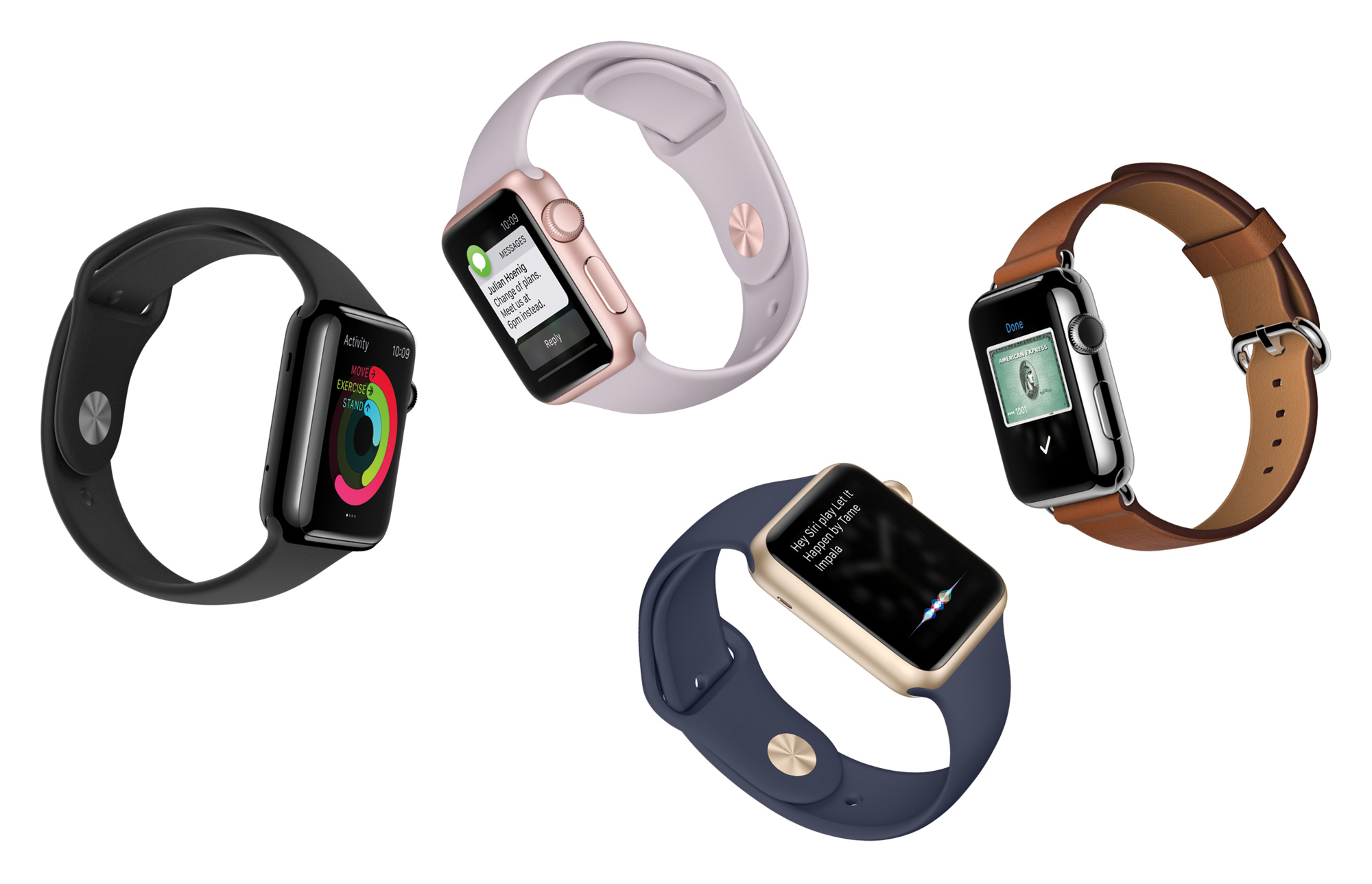
Some of the new Apple Watch models that were introduced yesterday.
As someone who wasn’t overly enthusiastic about the original Sport models, I think these new ones going to be a massive hit. I particularly like the new silver Sport watch with the orange band, but the (PRODUCT) RED Steel watch is also gorgeous.
Apple also announced a new partnership with Hermès to create specifically tailored Apple Watch models. All of the ones that were shown on stage featured leather bands, which looked just beautiful. However, they will only be available for purchase in select retail stores and, if Hermès’s history is anything to go by, they’ll be out of the price range of pretty much anyone except Pharrell Williams.
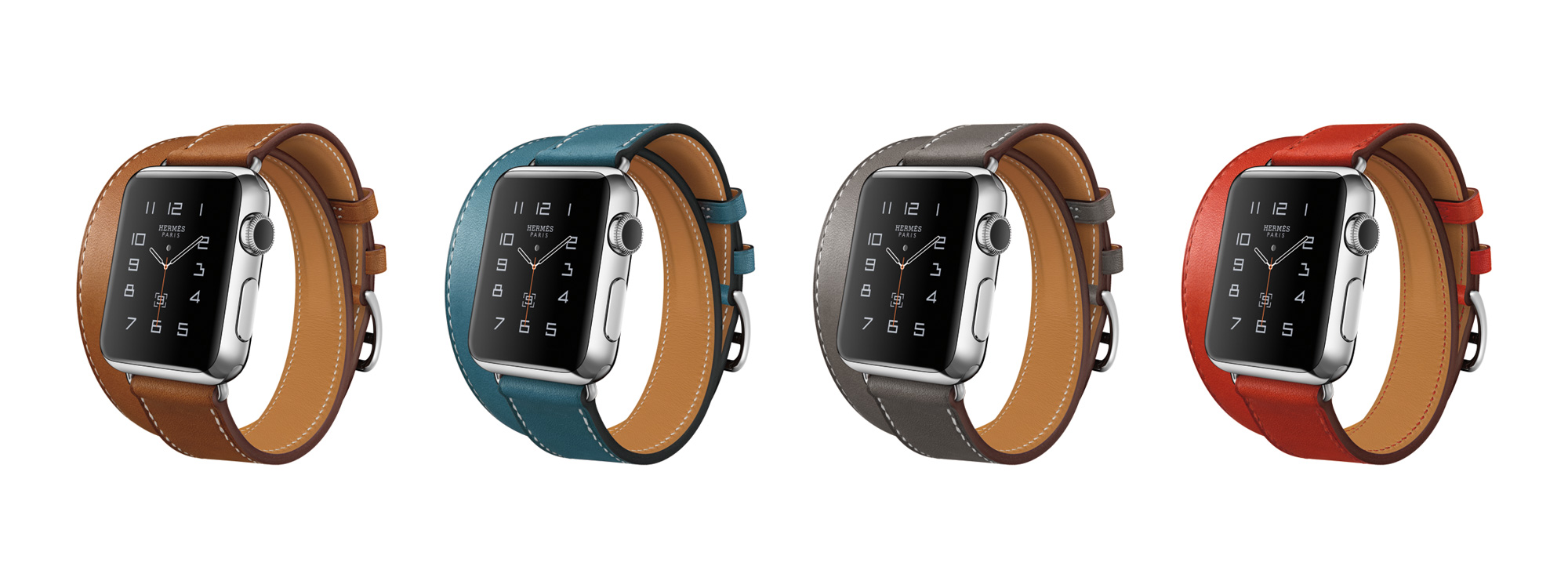
The new Apple Watch Hermès collection.
Finally, watchOS 2 will be released in September 16, just a few days from now. It’s going to be very interesting to see what 3rd-party developers do with it, and it may signal the “real” arrival of the Apple Watch in terms of usefulness and popularity. We’ll see.
The new iPad Pro
To the surprise of many, Apple also revamped their iPad lineup — well, sort of — during yesterday’s event. iPads had traditionally been renewed during their own event in mid-October, but this year Apple decided to fit every new product announcement into the same event. Judging from what Gruber and others are saying, we shouldn’t expect any more Apple events in 2015, so the rumored new iMacs will probably be released more discreetly.
Scheduling issues aside, the star of the iPad segment was undeniably the new iPad Pro. With a 12.9-inch display and a new A9X chip promising desktop-class performance while maintaining the same 10-hour battery life, this iPad is pretty darn close to what many people had been asking Apple to create for years.

With the introduction of the new iPad Pro, the iPad lineup now features three different screen sizes.
The new iPad is unashamedly optimized for content creation rather than consumption, perhaps in an intentional act to get rid of the old trope once and for all. But what’s more surprising is how they’ve taken quite a few pages from Microsoft’s Surface Pro. Indeed, it’s pretty hard to look at the new Smart Keyboard or the new Apple Pencil without thinking of the Surface’s own keyboard cover and stylus.
And here’s where things start getting ugly for me. I fully understand the need for such accessories to exist, but they still seem like half-cooked solutions to me for some reason, particularly the Smart Keyboard. I just don’t see how that big and bulky cover is better than, say, carrying an Apple Bluetooth keyboard with you. It’s not like the iPad Pro is super small to begin with, so the added bulk of a dedicated keyboard seems like a minor issue to me. Of course, both accessories are entirely optional so, as usual, it will be up to customers to vote with their wallets.
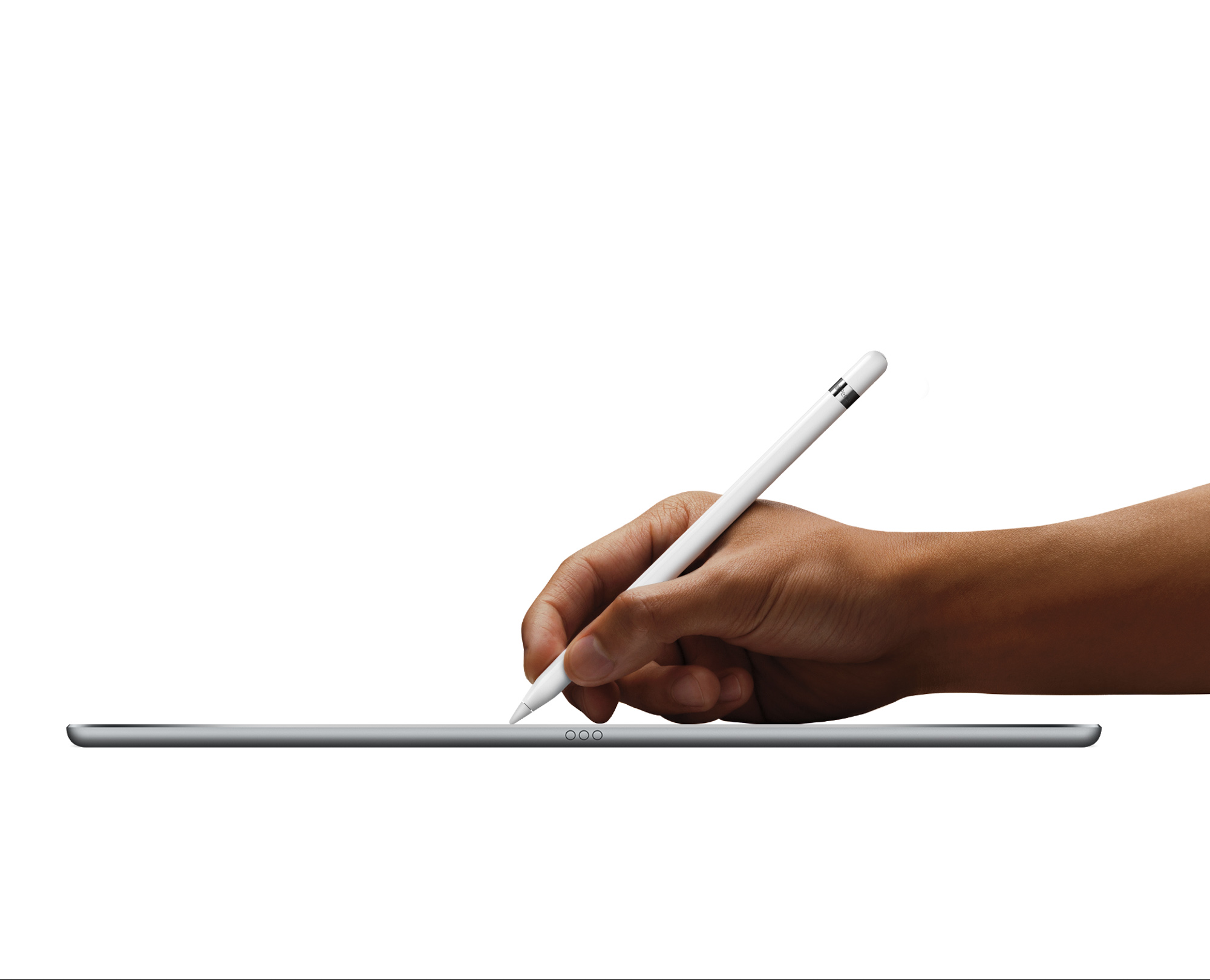
The new iPad Pro and the new Apple Pencil.
In my case, I have no interest whatsoever in the new iPad Pro, other than as a testing device for iOS development. Despite its many interesting innovations and its obvious wow-factor, it’s just not a device that fits into my daily workflow. It’s too big to fit in my everyday bag, and there’s no way I’m going to be carrying the Smart Keyboard and the Apple Pencil everywhere with me.
The way I see it, the iPad Pro is an entirely polarizing device that will force you to choose between it and your MacBook. I just can’t see the point of owning both when there’s so much overlap between the two in terms of size, weight and utility. So far, I remain firmly in the laptop camp, and the iPad Pro is not enough to get me to switch.
That said, I’m sure many people will prefer the iPad Pro over their MacBook hands-down and, for them, November probably can’t come soon enough. There’s no doubt in my mind these people will enjoy the iPad Pro more than any other device they’ve ever used.
In what seems like a well-deserved finally, those eagerly awaiting for the iPad to grow up and become a serious work tool can rejoice: Apple yesterday granted them most of their wishes, and it looks like they’re only getting started.
The other iPads
Other than the new iPad Pro, the rest of the iPad lineup didn’t see many significant changes. In fact, the only model that was updated was the iPad mini 3, which is now ingeniously called iPad mini 4.
The new iPad mini 4 inherits Apple’s A8 chip, bringing it up to speed with the iPad Air 2 in terms of performance. Simply put, this is the update many were expecting to see in 2014, it only happens to arrive a year late.
As for the 10-inch iPad, it didn’t get any love from Apple this time around. The iPad Air 2 remains unchanged in the lineup, as does the original iPad Air below it. This was definitely one of the most surprising things about the event, and it may be interpreted as a sign that Apple’s finally coming to terms with the iPad’s longer update cycle.
In all fairness though, the A8 chip was so over-specced that nobody’s going to be missing any extra performance when the iOS 9 update comes along. In fact, my A7-based iPad Air remains just as snappy as the day I bought it, so I see no reason whatsoever to get worked up about this.
On that note, Apple also announced the release date for iOS 9: September 16.
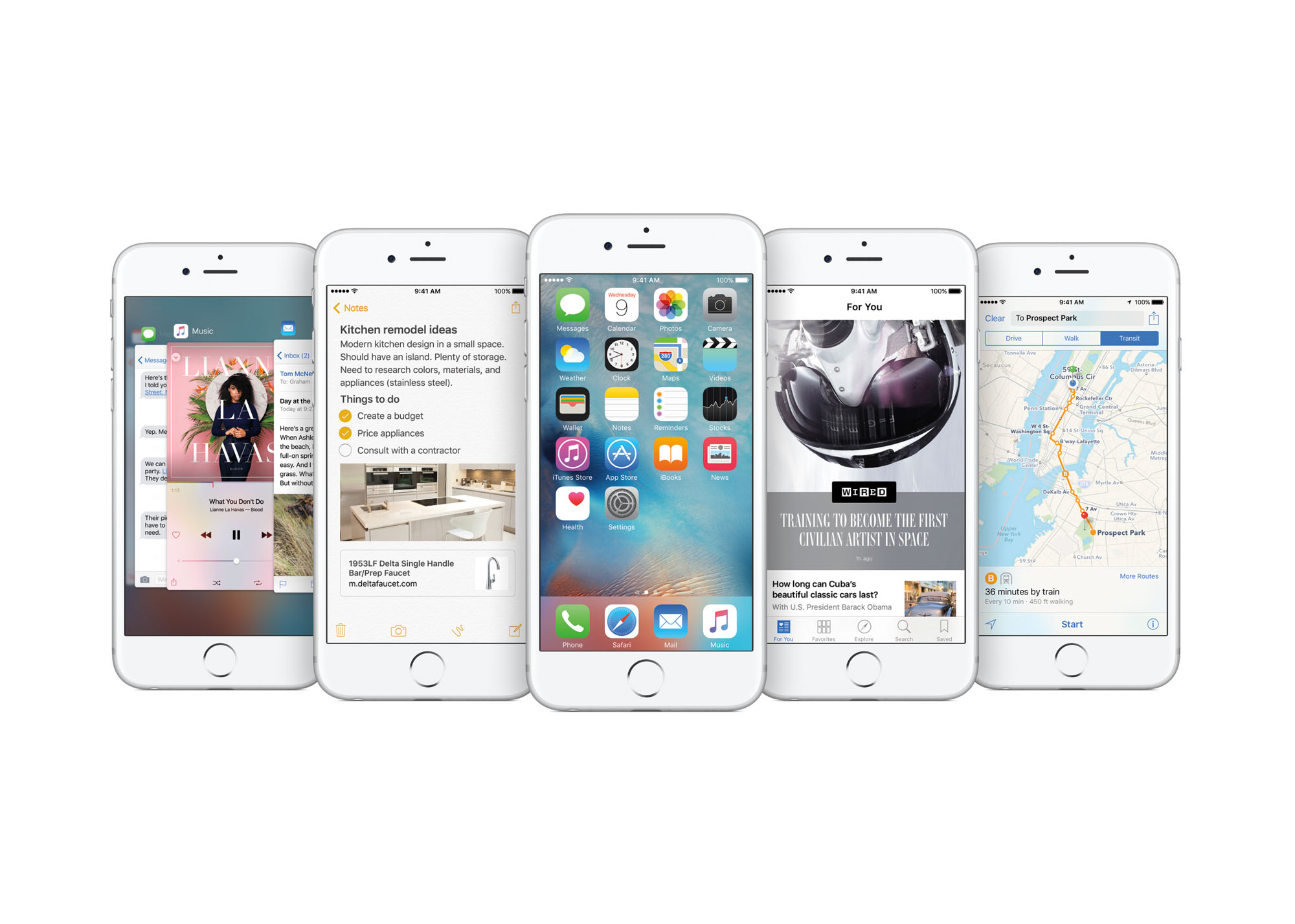
iOS 9 will be released worldwide on September 16.
The new Apple TV
Perhaps the most eagerly anticipated announcement was the long-rumored new Apple TV. On that front, speculation had been running wild for years, ever since Steve Jobs mentioned something to Walter Isaacson about “finally cracking it”, which Isaacson promptly included in his now infamous biography of Jobs.
Whatever Jobs really said, and regardless of whether he really did crack it or not, the new Apple TV has a lot going for it. It’s got the same A8X chip found in the iPad Air 2, so it should be able to handle the extra computational load with ease, and the new touch-sensitive Bluetooth remote looks really impressive. It also doubles as a gaming controller, which is a nice touch (pun intended).
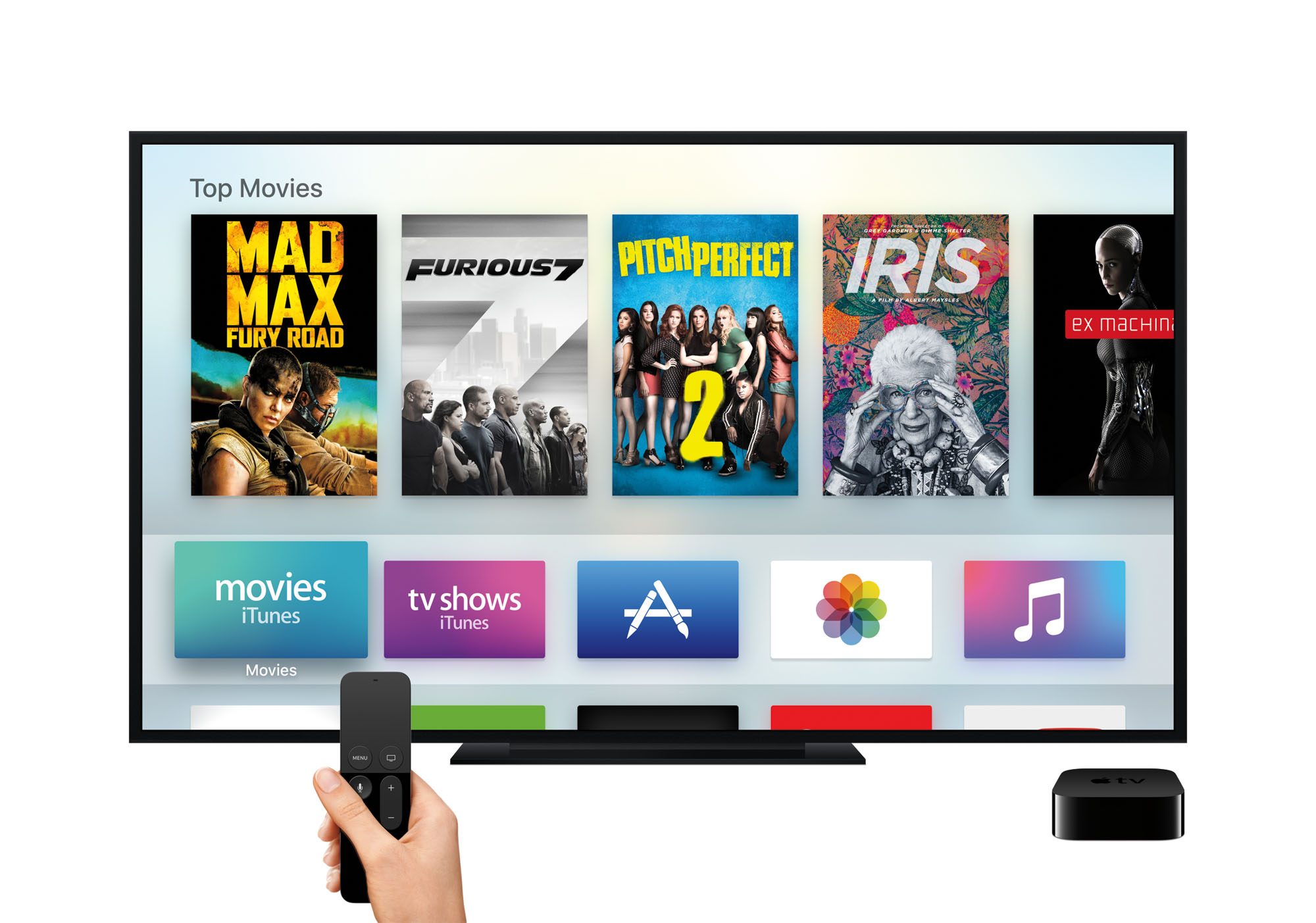
The new Apple TV features a redesigned interface and a new touch-sensitive remote.
Precisely games are one of the hallmark features of the new Apple TV. Like the iPhone, the iPod touch and the iPad before it, the Apple TV can now run apps and even has its own App Store. In fact, Apple even created a new tvOS specifically for it,1 with a 3rd-party SDK and everything.
Gaming performance looked impressive during the few onstage demos we saw, and the ability to use the remote as a controller (as well as any iPhone or iPod touch) is definitely a great feature. At their core, though, games on the Apple TV may be revolutionary, but the most interesting thing about them is what they represent: 3rd-party apps running on yet another Apple device, and one that aims to conquer your entire living room, at that.

Gaming is a big part of the new Apple TV, and performance seems impressive.
Another addition to the new Apple TV is Siri integration. It’s now possible to ask Siri for all kinds of specific content, and the relevant info appears overlaid on screen in a non-intrusive but really helpful way. The few demos that were shown during the keynote were great, with Siri even being able to locate particular cameo appearances of famous actors in popular TV shows.
Beyond that, Siri also works much like it does on other iOS devices, being able to display weather forecasts, sports scores and many other pieces of information. This integration has the potential to really change the way we interact with television in our homes, but it’s still early to say if it will stick. Voice-driven interfaces are always tricky to integrate at scale, but if anyone can do it, it’s surely Apple.
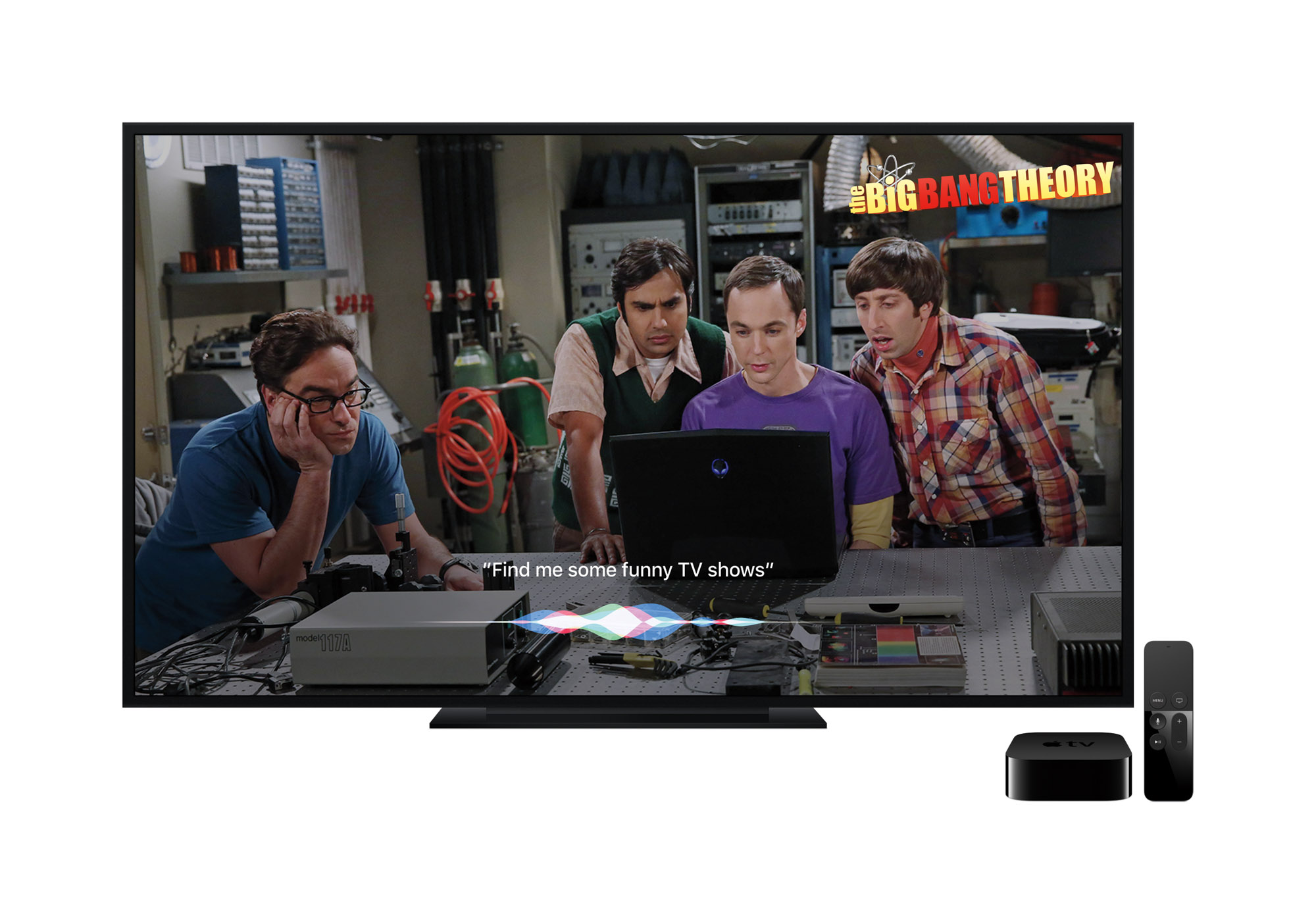
Siri is now a fundamental part of Apple TV.
As cool as Siri integration is, Apple seems to believe strongly that the future of television is apps, and they may well be right. But this focus on apps may have come at the expense of the more traditional TV aspect of the Apple TV.
I was actually disappointed at first when Apple didn’t announce any new content deals for the Apple TV. I was expecting a master stroke that finally convinced all major content providers to release their content on Apple’s platform.
Such an announcement had been teased by pretty much everyone in the media and often cited as the very reason why Apple seemingly kept delaying the announcement of a new Apple TV year after year. Surely that was what Jobs was referring to when he told Isaacson his now famous quote, right?
We may never know, but the fact that no new deals were announced may point to a different idea, which is what I’m betting we’ll see in the coming months: it’s not about deals, it’s about apps.

Apple is betting big on apps as the future of Apple TV.
Perhaps the reason why Apple didn’t announce any new content deals for the Apple TV is that they’re not interested in signing one to begin with. Perhaps their play all along was to convince content providers to write their own apps for the new Apple TV. That way Apple stops acting as a middle-man and stops spending resources in negotiating fleeting deals, and can concentrate instead on what they do best: building and maintaining a successful, profitable and insanely popular platform for 3rd-parties to release their content through their own apps.
Apple would not only eliminate much overhead in the legal department that way, but they would also leverage their expertise in platform building to offer something that virtually no other competitor could. Meanwhile, content providers would get to control exactly what, when and how they release their content, as well as the in-app viewing experience, creating new ways for networks to differentiate and compete against each other.
Think about it for a moment. If Apple TV starts selling in the millions of units per quarter, as surely Apple expects it to, what network wouldn’t want to have their own app for it? Talk about a win-win. This would definitely qualify as a master stroke in my book.
On top of all, Apple of course would be more than happy to collect their customary 30% fee for any subscriptions that are originated from within Apple TV apps, keeping their bottom line comfortably above water and the Apple TV nicely profitable.
The TV aspect of the Apple TV may have gotten nearly zero attention during the keynote, but if chips fall into place the way I think they will, it may end up being the biggest thing Apple unveiled yesterday.
The new iPhones
Ironically, Apple’s most profitable product ever was relegated to the last spot of yesterday’s keynote.
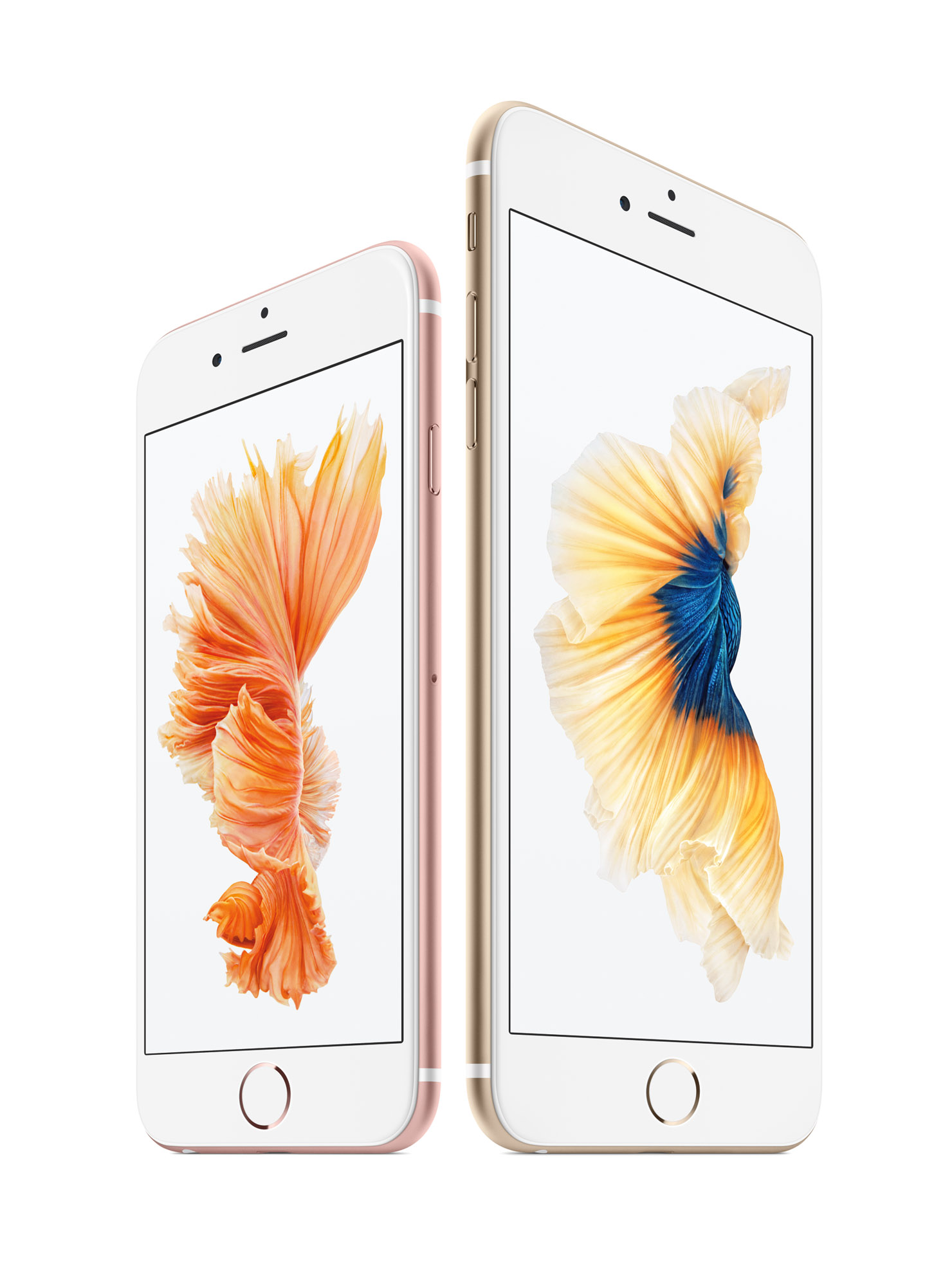
The new iPhone 6S and 6S Plus.
The announcement of a new S-model iPhone (like the iPhone 3GS, iPhone 4S and iPhone 5S) usually generates far less buzz than when a new number-model iPhone is announced. This is no doubt because the external design has virtually no changes on these models, and people often don’t think of a new iPhone as really new until it actually looks new.
This year, Apple seems to be playing right into that perception, with a clever marketing campaign for the new iPhone 6S and 6S Plus: “the only thing that’s changed is everything”.
In any case, and just in case the marketing is too subtle for some, they also introduced a new rose gold-colored model that looks quite nice and elegant to my eyes.
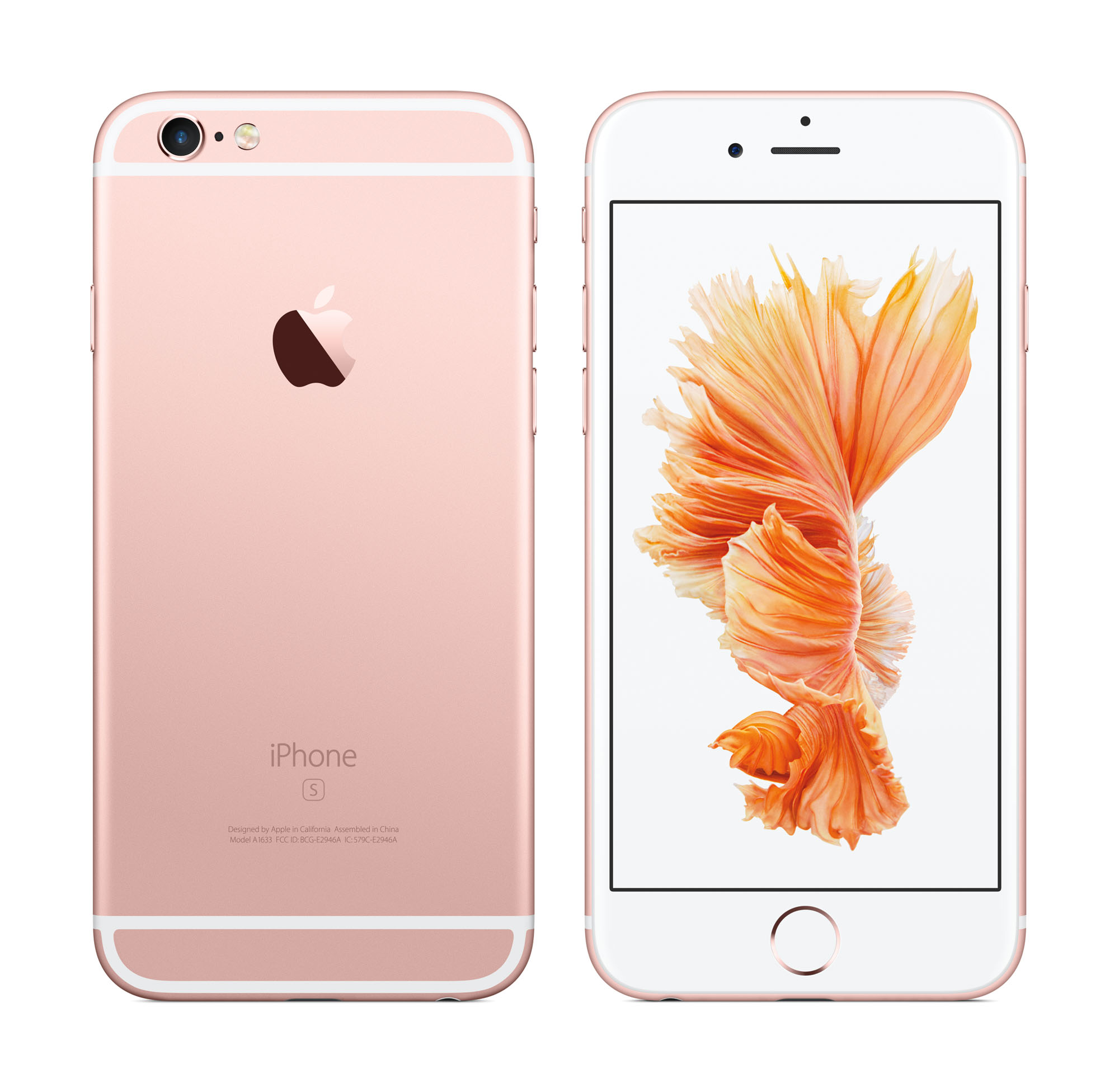
For the first time, Apple also announced a rose gold-colored iPhone.
Indeed, the new iPhones are chock-full of new technologies, the most notable of which is probably 3D Touch, the iPhone version of Force Touch that was demoed on stage by Craig Federighi.
Speaking of Federighi, this time around he seemed different, more rushed and less polished than usual. It may be just me, but he seemed slightly off his game, although I can’t quite put my finger on why.
But back to 3D Touch. It’s a nice new way of interacting with your iPhone, but it seems mostly limited to OS-level interactions. That means developers will only be able to integrate 3D Touch in their apps in limited ways for now. Those ways are explained in the Apple Developer page for 3D Touch.
On one hand this sucks, but on the other it keeps 3D Touch as a well-defined and simple to understand interaction model. 3D Touch appears to be great for bringing up contextual menus, something along the lines of a right-click on OS X, for example. It’s also a cool way of going into a deeper level on those areas that support it, like viewing photos, email messages and so on.
Other than that, the new iPhones of course have the usual set of under-the-hood refinements: a more powerful A9 chip (the same as in the new iPad Pro), a better vibration unit, a better display with more resistant glass and a better aluminum construction are all to be found here. But perhaps the most important upgrade of all is the camera.
The iPhone 6S and 6S Plus feature greatly improved cameras over their predecessor. The new iSight cameras (the ones in the back) now have 12-Megapixel sensors and improved image processing, with better dynamic range and noise performance in low-light situations. However, the iSight camera in the iPhone 6S continues to lack optical image stabilization, a feature that debuted last year on the iPhone 6 Plus and that remains Plus-only this year.
The front-facing FaceTime cameras have also been improved and are now 5-Megapixel cameras in both iPhones. And by using a new chip and some clever engineering, Apple can now use the Retina display of the new iPhones as an improvised flash to use when taking selfies. This is a nice addition that will surely be widely used by many, many people. We are, after all, living in the selfie era.
The new iPhones have certainly no shortage of innovation but to be honest, I don’t think there’s enough here for current iPhone 6 and 6 Plus owners to absolutely need to upgrade. Owners of previous generation iPhones like myself will have a much easier time deciding, though: if money allows for it, the new iPhone 6S and 6S Plus are clearly the best iPhones to date.
Normally, that would be my assessment, but there was something else Apple announced yesterday that may be just the little push many people need to be convinced into upgrading.
The iPhone Upgrade Program
Apple announced a new upgrade program for iPhone, aimed squarely at customers that want to upgrade their iPhone every year. It’s a new way to purchase an iPhone, besides signing a 24-month contract with a carrier or buying an unlocked phone outright, which until now had been my preferred method. I just don’t like being tied to a carrier if I can help it.
With the new iPhone Upgrade Program, you can replace your relationship with the carrier by a relationship with Apple instead. The way it works is very similar to the way carrier financing has always worked: you pay a monthly fee with a 24-month contract, but you get to upgrade your iPhone after the first 12 months. On top of that, you also get AppleCare+ for your iPhones, which covers up to two instances of accidental damage, like a broken screen, for example. This is a very welcome addition and it could very well prove life-saving. If you’ve ever dropped your iPhone onto concrete or know somebody who has, you know what I’m talking about.
That all sounds great, but is it really a good value? Let’s see an example.
If you crunch the numbers, you’ll see that entering into the iPhone Upgrade Program will cost you about $450 per year for a 64 GB iPhone 6S. If you compare that with the full retail price of $749 for than same model (and that’s without AppleCare+), you’ll see that it’s well worth it.
Indeed, the full cost of the iPhone Upgrade Program over the 24-month contract is about $900, which is certainly more than the retail price of that same iPhone. However, if you add in the AppleCare+ program (another $129), you pretty much break even once the full 24 months have expired.
What this means is that, if you’re eligible, the new iPhone Upgrade Program is essentially a no-brainer. You pay only what it would cost you to upgrade every two years, but you get to upgrade every year instead. This was a really interesting move by Apple, and I’m sure many customers will benefit from it.
As a final comment, we’ll have to wait and see how the new program affects iPhone sales through the usual carrier-sponsored channels. Given Apple’s limited retail presence compared to phone carriers, this program may not hurt the carriers’ bottom line significantly, but I can’t imagine them being all too happy about it.
Final words (I promise)
That should cover just about everything that was announced yesterday, so if you read through the whole piece, you should be all set. I wasn’t expecting to go over things in this much detail, but I guess there was more to the event than I originally thought. It’s funny how that happens.
In any case, there should be plenty of Apple-related news in the coming days, as more details about the new products become available. It’s going to be an interesting lead up to the holiday season, so stay tuned for more and, as ever, thank you for reading.
-
This new tvOS no doubt started out as a forked branch of iOS, but still.↩